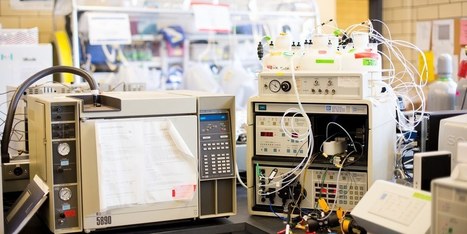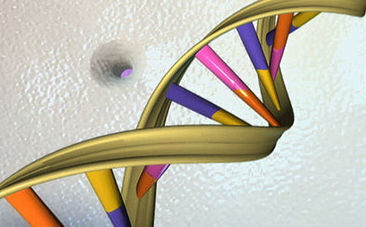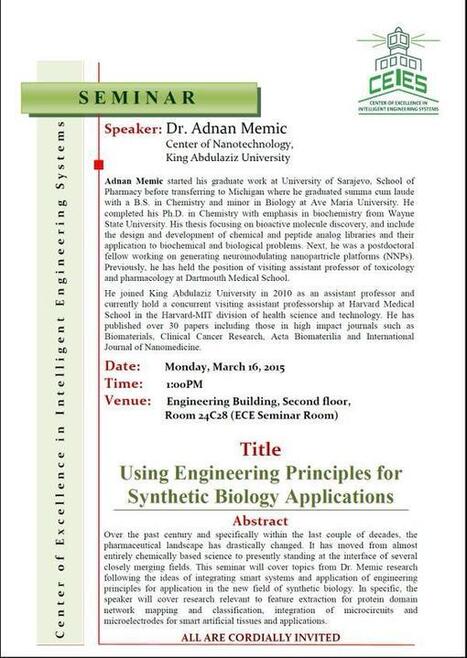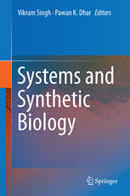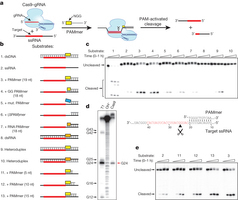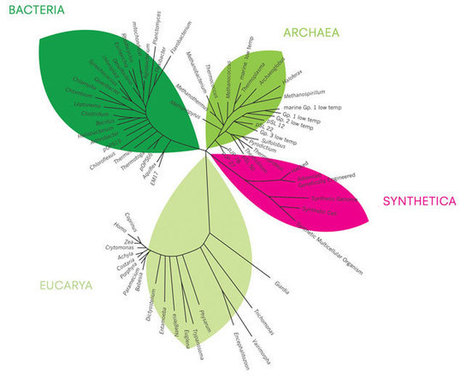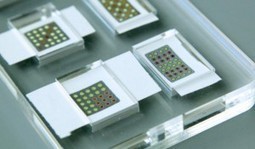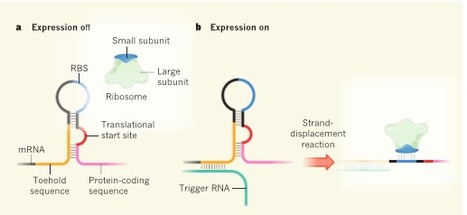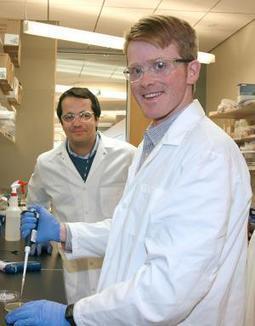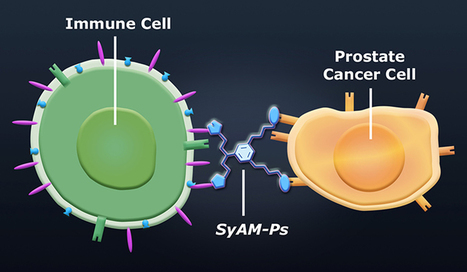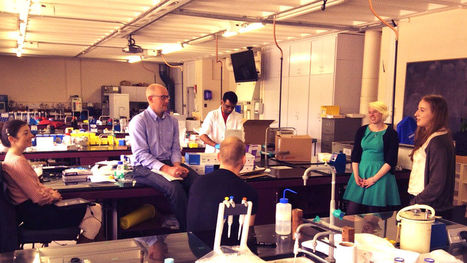It's never been easier to build your own biological creations.
Get Started for FREE
Sign up with Facebook Sign up with X
I don't have a Facebook or a X account
 Your new post is loading... Your new post is loading...
 Your new post is loading... Your new post is loading...

Luciana Santos's curator insight,
December 20, 2014 2:19 PM
O que acontece quando a biologia e mais especificamente , os materiais nucleicos e os processos que sustentam o ciclo de vida de todos os seres vivos desde o nascimento , à existência , à doença e à morte torna-se sinteticamente replicáveis por seres humanos e consequentemente se tornam projetos de design ? Na sequência da recente publicação MIT Estética sintética e apenas alguns dias antes do iGEM (International Máquinas Geneticamente Modificadas ) Biologia Sintética 2014 Jamboree no início de Novembro de 2014, o Moma se propôs a discutir esta complexa questão, hospedando um painel de discussão, Estética sintéticas: Novas Fronteiras da Contemporary Design. |
|




